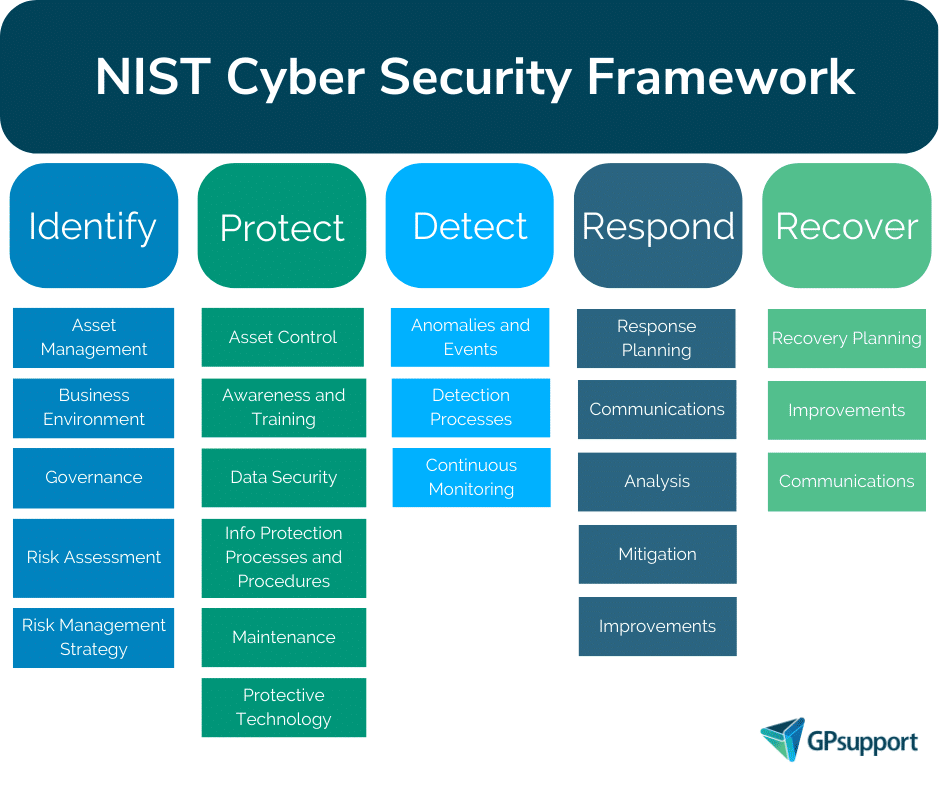The widely publicised data breaches of 2022 mean people are seriously looking at their service providers to enact extra cybersecurity protections to ensure their data is safe.
People want to see new cyber policies, technological innovation and a renewed sense of urgency to stay with current providers – especially those that have as sensitive data as personal medical information.
Beyond a consumer perspective, the government has passed new legislation to issue larger penalties for data breaches.
Cybersecurity is an issue that warrants attention – but earnestly taking the right steps towards prevention means you’ll be covered in the event of a breach.
Let’s outline the areas that practices should look at to prepare for what’s not only ahead, but critical for success in 2023 and beyond.
1. A culture that promotes open communication and trust
The right technology setup is only part of the full cybersecurity picture. If you have good technology in place, humans then become your weakest link. Phishing emails will undoubtedly get sent. Prevention comes from (1) communicating regularly with employees about how to spot them and (2) instilling the confidence to come forward immediately without fear of repercussions if they do.
We recommend at least yearly cyber security training for organisations – better six months or quarterly for more at-risk businesses.
2. The right policies
As a practice owner, it can be tempting to think: “If I have a good IT company, I have it covered.” Unfortunately, as mentioned above, businesses have a human factor. Proper business governance is needed to outline policies, prevention plans, roles & responsibilities and what-if scenarios to understand what actions need to occur and by who if a breach occurs.
NIST is a well-respected framework that gives an accurate representation of just how far cybersecurity should be ingrained in your business.

These functions help manage cybersecurity risk by organizing information, enabling risk management decisions, addressing threats, and improving by learning from previous activities.
More: Understanding the NIST Cybersecurity Framework
3. A “continuous improvement” mindset
Cybercriminals count on businesses to “set and forget.” Further to the NIST framework above, the feedback loop should always be in motion, so you can stay proactive rather than reactive. Ask questions such as: What can we improve? How can we make this clearer for employees? What’s missing in our systems and processes? How can we know better for next time?
More: Developing and implementing an effective data breach response
Need a template for Cyber Incident Response Plan? Find one here.
4. Accepting the risk is there
“An event like this will never happen to my business” is wishful thinking. Larger corporations make the headlines, so many people believe that hackers only go after the big fish. The reality is hackers know smaller and medium-sized businesses don’t often bother to set up proper protections and protocols.
Essentially, this can happen to anyone across the board – ASX through brick and mortar. While setting up a comprehensive cyber security framework can be a considerable task, peace of mind is always worth it.
5. Forming the right partnerships
We know this isn’t an easy area to understand by any means. With changing legislation, technology, and criminals who always seem to be one step ahead, navigating cyber security is challenging.
Having good technology partners on your side is critical to success. Experts who live and breathe this subject matter will be able to advise you and answer the question – “How do I know if I’m doing enough?”
By giving attention to the above areas, your practice will be in great shape. Remember – cybersecurity is about protecting what you’ve worked hard to build. Implementing the right tools now means you’ll be able to confidently make decisions if issues arise.
